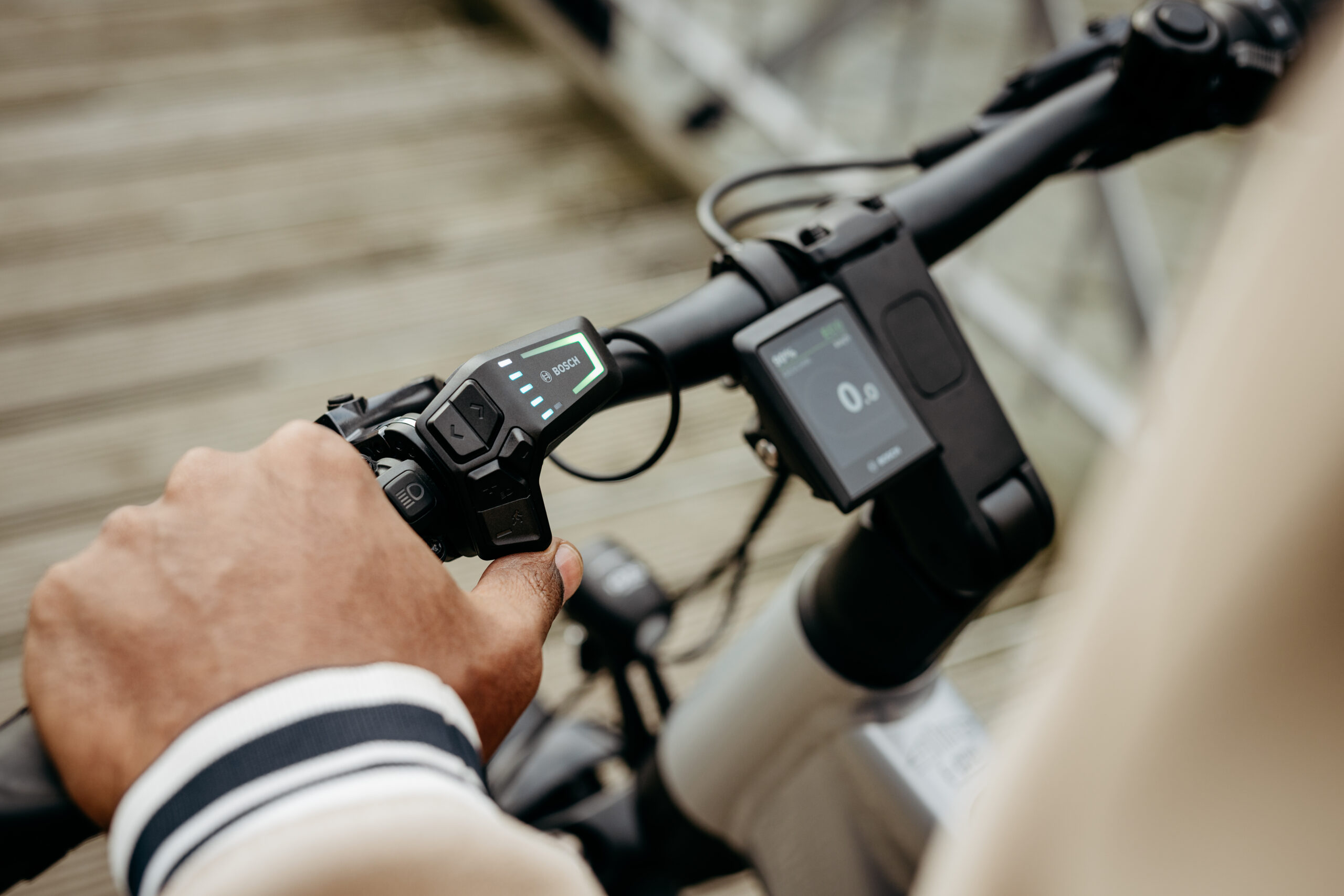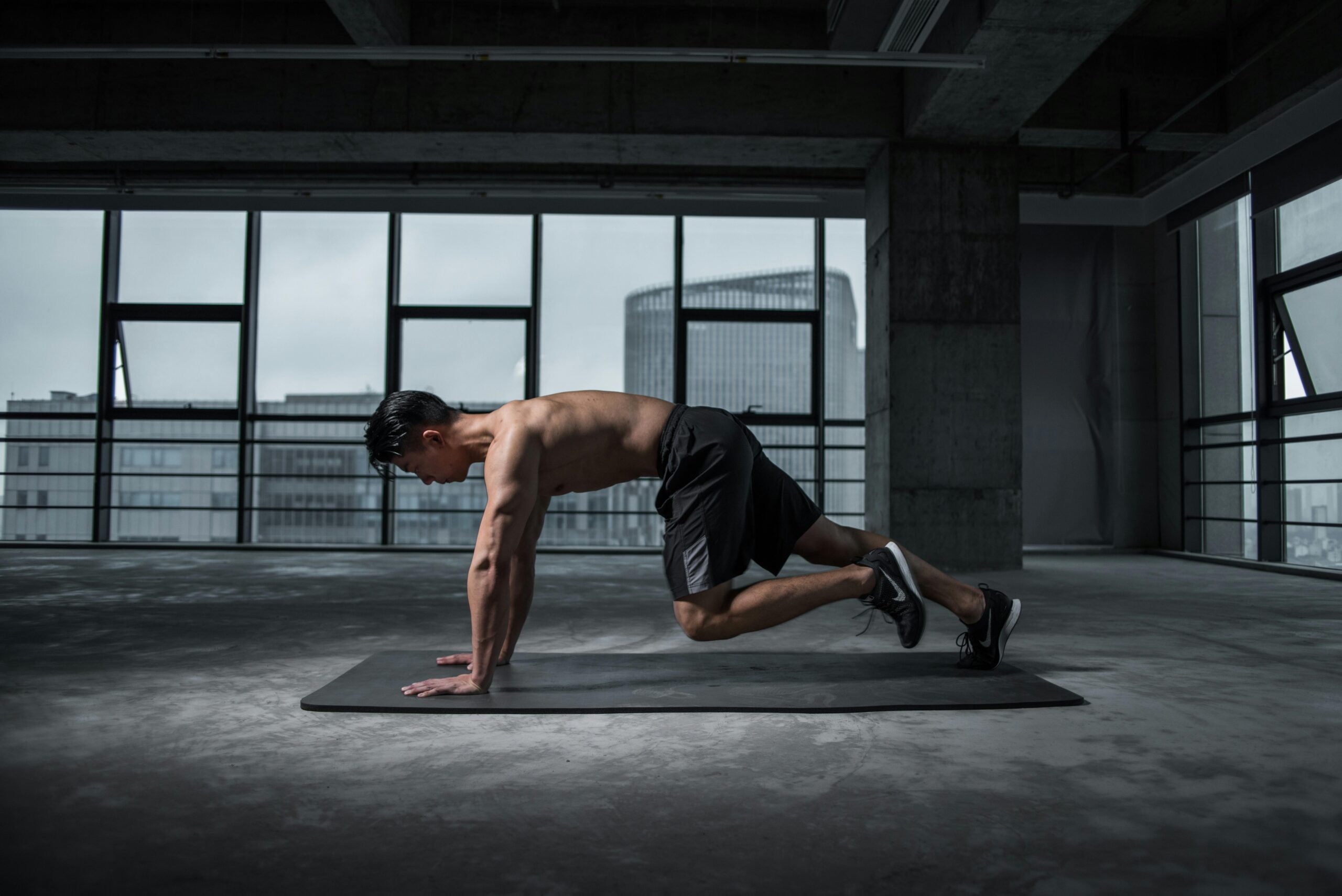How to Start a Career as a Group Activity and Fitness Facilitator
Have you ever thought about turning your love for fitness and group activities into a rewarding career? Becoming a fitness facilitator is a fantastic way to inspire others while staying active yourself.
Whether you’re leading a group in yoga, team sports, or dance fitness, this career allows you to blend your passion with purpose. So, how can you take steps towards becoming a fitness facilitator? In this guide, we’ll walk through essential steps to kickstart your journey in this exciting field.
Understanding the Role of a Fitness Facilitator
A fitness facilitator leads groups in various physical activities to promote health and well-being. They motivate participants, create engaging sessions, and ensure everyone is having fun while exercising. This role can be found in community centers, schools, gyms, and outdoor programs.
Being a fitness facilitator goes beyond teaching. It also means planning, organizing, and adjusting activities for various ages and fitness levels. For those considering this pathway, understanding the multi-faceted role is the first step towards success.
Step 1: Get Educated
The first step to becoming a fitness facilitator is to gain the necessary education. Although a specific degree isn’t always required, having knowledge in health, physical education, or sports science can be very helpful. Look for local courses or online programs that cover topics such as exercise science, nutrition, and group dynamics.
Many potential employers prefer candidates who have at least some educational background related to fitness or recreation.
Step 2: Obtain Certification
To stand out in the field and demonstrate your expertise, obtaining a certification is crucial. Various organizations offer certifications specifically for fitness facilitators. For example, the American Council on Exercise (ACE) and the National Academy of Sports Medicine (NASM) are well-respected bodies that provide valuable credentials.
Certification programs typically require passing an exam and completing a series of workshops. They build your fitness knowledge and teach skills like first aid, group management, and effective teaching techniques. Check if your local community or schools offer certifications. They can be helpful.
Step 3: Gain Experience
Hands-on experience is invaluable in any profession, including becoming a fitness facilitator. Look for volunteer opportunities or internships in your community. Helping at local parks, schools, or sports teams can provide insights into group dynamics and teaching methodologies.
Consider shadowing a current fitness facilitator to learn more about the job. Watching how they handle different situations shows what’s needed for a successful fitness program.
Step 4: Develop Your Skills
As a fitness facilitator, you need to continually develop your skills, both in fitness and in leading groups. This might mean taking classes in specific fitness disciplines, like yoga, Pilates, or Zumba, depending on what interests you.
Additionally, improving your communication and leadership skills is essential. Collaborating with others in the field enhances your knowledge and can help you stay motivated.
Step 5: Specialize If Desired
While many facilitators work with general fitness groups, others choose to specialize in particular areas. Specialization can help you attract specific groups, like seniors, children, or athletes. For instance, if you are interested in youth sports, you could focus on becoming a specialist in coaching kids.
Becoming a Fitness Facilitator
Embarking on a career as a fitness facilitator is an exciting journey full of opportunities to inspire others. By focusing on education, obtaining certifications, gaining hands-on experience, and continually developing your skills, you can build a rewarding career. With a passion for fitness and a dedication to helping others, you have what it takes to thrive in this role.
Explore your local programs in recreation that can guide you on this fulfilling path!











